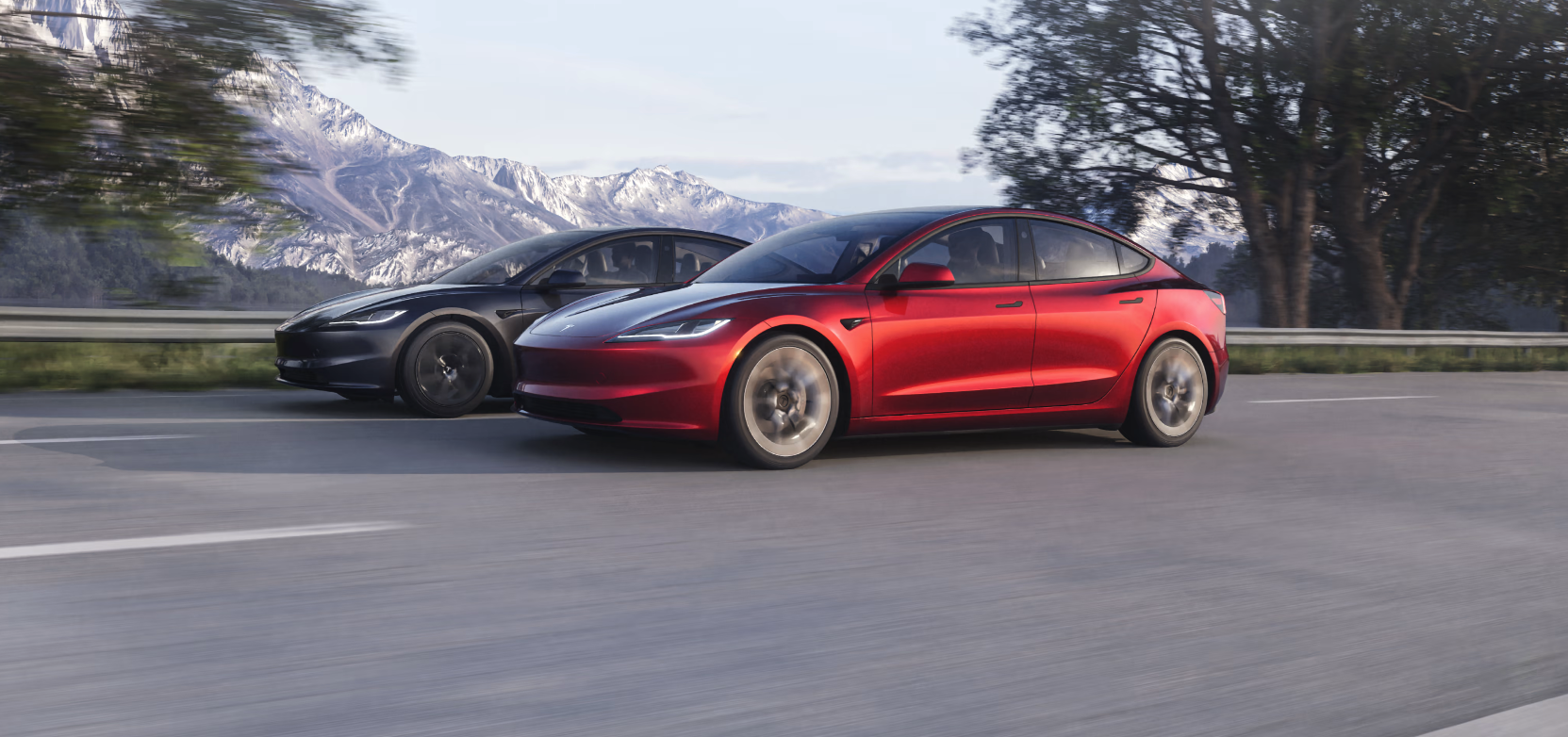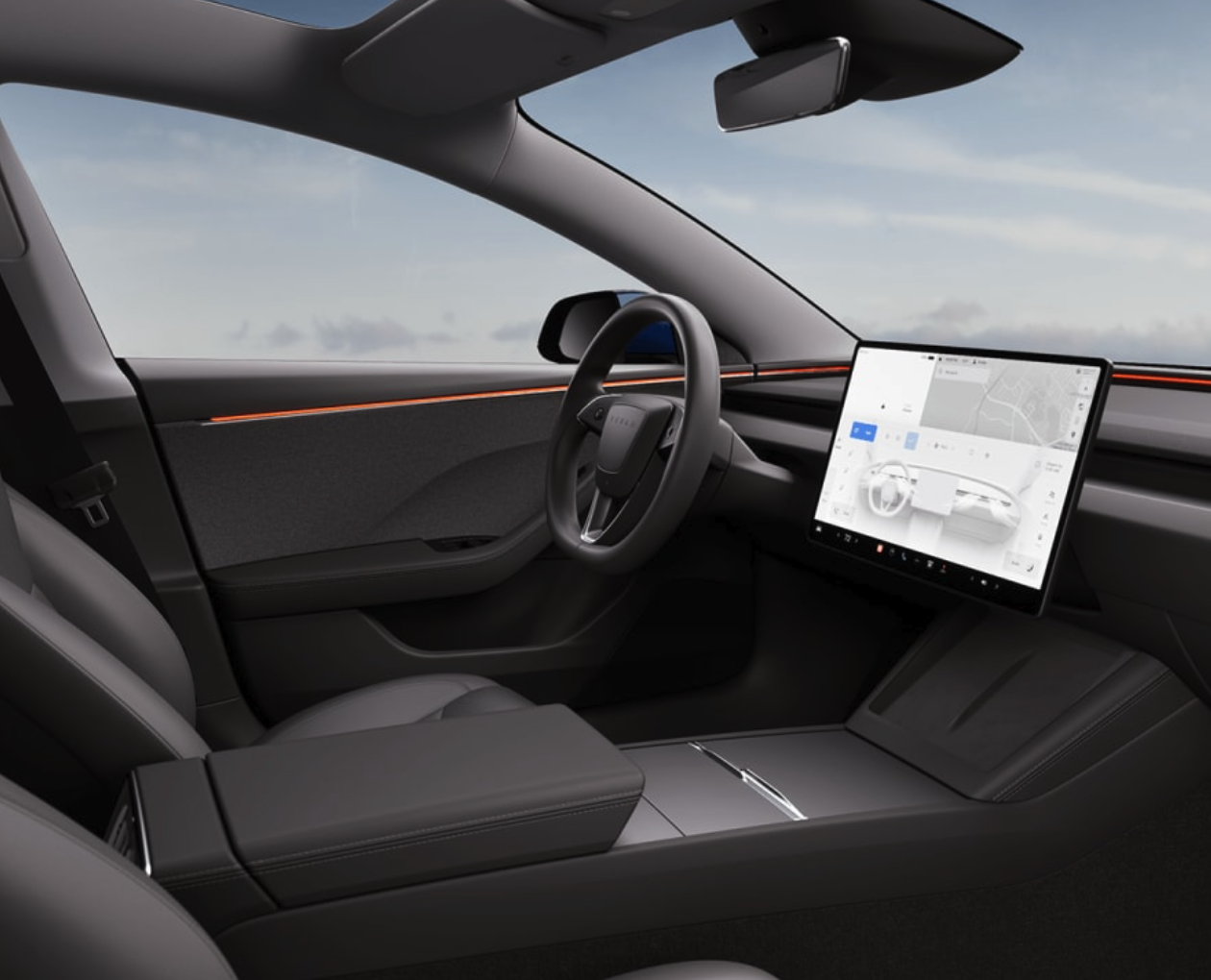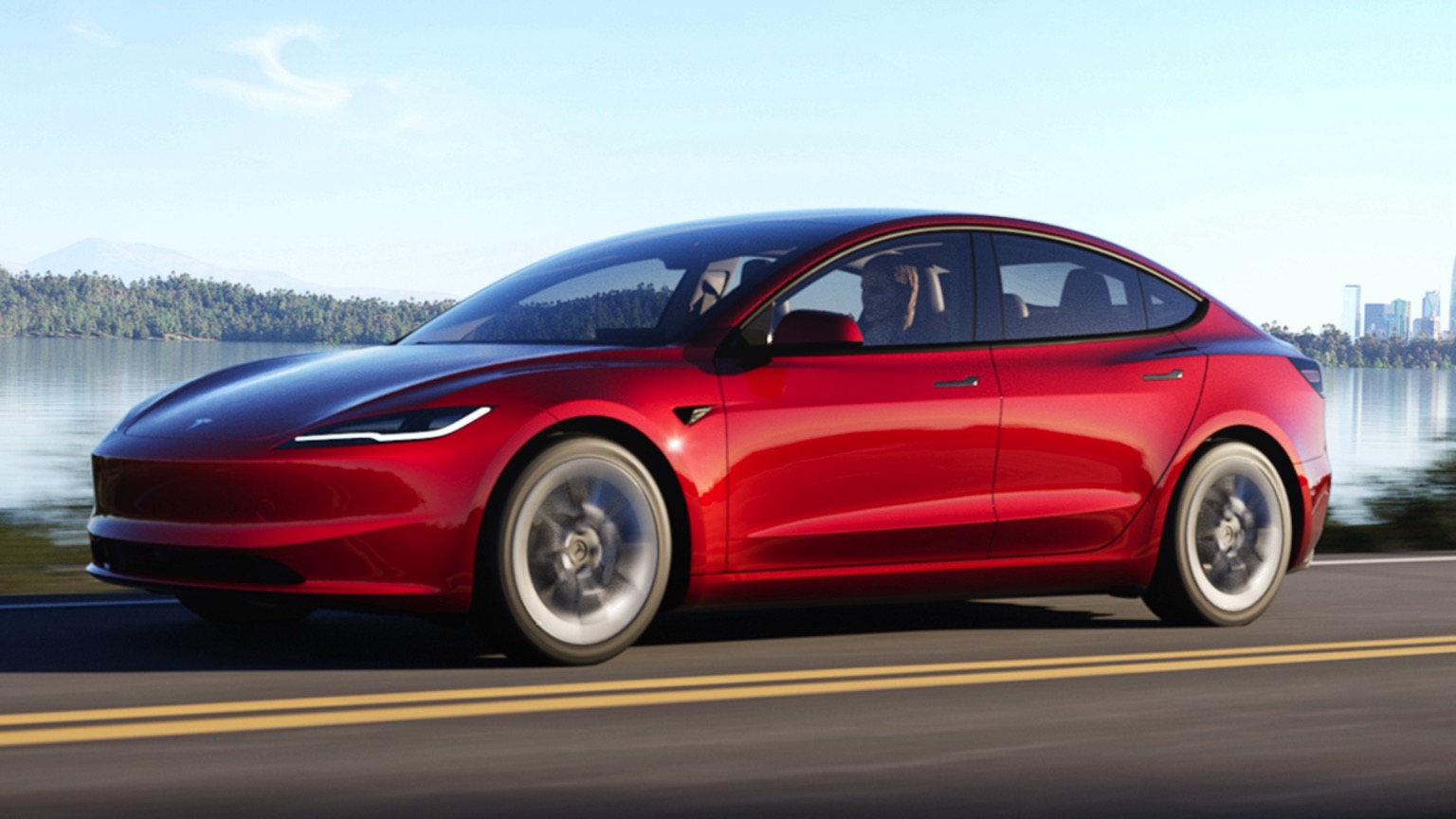Introduction
After driving more than 51,000 miles in my 2018 Mid-Range Model 3, I decided to upgrade to the new 2024 Model 3 Highland. I took delivery a week ago of a demo car with about 2,000 miles. The reason for a demo was because I wanted to take delivery before March 31st, in time for a free Full Self Driving (FSD) transfer from my old Tesla to the new one. Had I ordered a brand-new long-range Model 3, it would have arrived too late for the free transfer. With the exception of a small dent on the lower front bumper (Tesla says it will fix it at no cost to me), the car is in new condition. After picking it up, I did a factory reset so the software was identical to a brand new one.
Long Range vs. Standard Range
I opted for the Long Range version of the Model 3 Highland, which boasts an EPA estimated 341-mile range. Despite this, hardly anyone gets the full EPA-rated range on Teslas. For those who do not frequently travel long distances, the standard range, with its EPA estimated 272 miles, would suffice, especially given Tesla’s extensive Supercharging network. In my experience with my mid-range Model 3 (EPA estimate of 264 miles), range anxiety was rarely justified.
As of this writing, the standard range costs $38,990, while the long range, with dual motors, costs $47,470. Before buying the long range, I test-drove the standard range rear-wheel drive model and didn’t notice much difference. The zero to 60 acceleration on the long range is rated at 4.2 seconds compared to 5.8 seconds, but in most on-road situations, such rapid acceleration is unnecessary. Both versions have a top speed of 125 miles per hour, which is slightly lower than the 140 MPH of the 2023 model.
Driving around town, I didn’t notice any difference between the dual motor all-wheel drive and the single motor rear-wheel drive. Perhaps I would in snow, heavy rain, or if driving aggressively, which I don’t do. Other than the obvious differences, the two models are very similar. The long range has more speakers, but I didn’t really notice the difference in casual listening. Both have the same exterior, nearly the same interior, the same seats, and the same display.
Exterior and Interface Changes
Visually, the changes on the outside are subtle. You may notice the lack of fog lights and the slimmer headlights, but the easiest way to distinguish the new model from the old is the word "Tesla" on the back rather than just the Tesla logo.
A significant change in the user interface is the absence of stalks on both sides of the steering wheel. Instead of using a left stalk as a turn indicator and a right one to change from park to drive or reverse, the new Highland model uses a small button on the left side of the steering wheel for turn signals and a swipe on the left side of the screen for gear changes. There's also an “Auto Shift Out of Park (Beta)” feature that uses cameras to predict the direction you want to go in, but I’ve kept this turned off until it’s proven reliable.
This new system takes some getting used to. The gear shifting has been relatively easy to adapt to, but I’m still adjusting to the turn signal buttons. My muscle memory is starting to kick in, but it’s not yet second nature. One problem with the steering wheel buttons is that they can end up in an odd position when you turn the wheel, which can be disorienting.
Quieter and Smoother Ride
The 2024 Model 3 Highland is much quieter and smoother than my old Model 3. Tesla claims it’s 20% quieter, and it certainly feels that way. One reason is the dual pane glass used on all glass surfaces, not just the windshield. Improved aerodynamics also contribute to the quiet ride and better range.
I remember being disappointed in December 2018 when I first drove my old Model 3 and noticed every bump on a nearby street. My 2016 Prius was noticeably smoother. The 2024 Model 3, however, has significantly improved ride quality, thanks to shock absorbers with what Tesla calls “frequency selective damping.”
Back Seat Screen
Back seat passengers now have their own 8-inch screen to control heating and cooling, audio volume, and watch videos via Netflix, YouTube, or other streaming services. They can also play games and adjust the front passenger seat if it’s affecting leg room. However, the screen is small and positioned low, which might cause neck strain over extended periods. Many backseat passengers might prefer using a tablet instead.
Luxury Touches
Starting at under $39,000, the new Model 3 is priced well below most luxury cars, but it does have some luxury features. These include doors that feel more solid when closed, heated, ventilated, and electrically adjustable front seats, and ambient lighting. The $47,740 long-range model has a 17-speaker audio system. Both versions handle well, with the long-range model having one of the highest ranges of any EV, while the standard range still outperforms many other EVs. My old Tesla may have looked like a luxury car, but it didn’t feel like one. I’m happy to say that the new model does.
Tesla replaced the wood grain trim above the dash with a cloth-lined trim, which I believe helps dampen sound inside the cabin.
Overall Conclusion
The 2024 Tesla Model 3 Highland is a refresh, not an entirely new design, but it builds on the strengths of the previous Model 3 while addressing issues like road noise and ride comfort. For those interested in comparing other electric vehicles, check out our comprehensive review of the Kia EV9 vs. BMW i4 and the Renault Scenic E-Tech. For more insights into electric vehicles, you might find our guide on electric pickups interesting, as well as our article on what electric cars are and their benefits. If you're also a coffee enthusiast like me, don't miss the ultimate guide to coffee beans on my other website, Words Journey.


